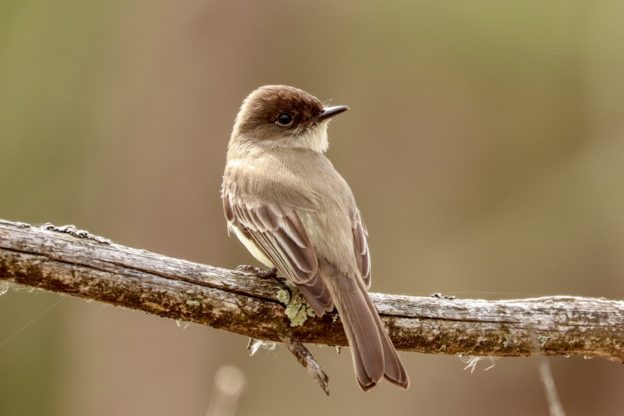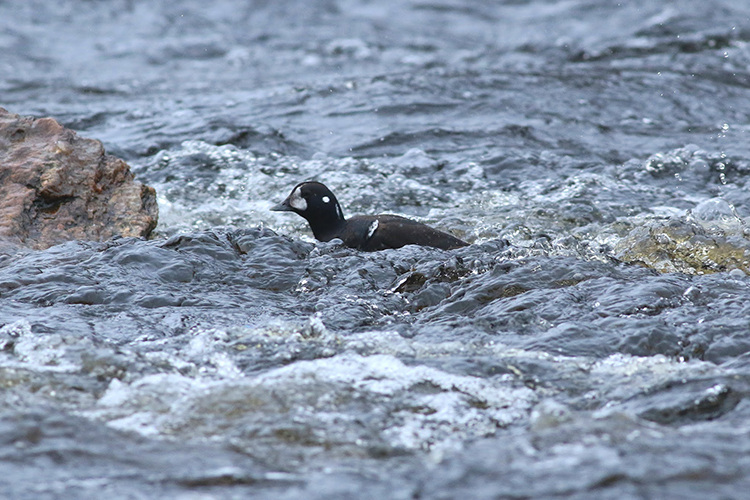Do you wonder what you’re hearing outside? Is it the Northern Cardinal you see flitting about? Or maybe it’s something more cryptic?
We’ve pulled together 10 sounds and songs of birds that you may commonly hear when you are out and about in your yard or neighborhood, particularly in the spring. Listen to them enough times and you’ll be able to identify some of what you are hearing when you go outside.
Northern Cardinal
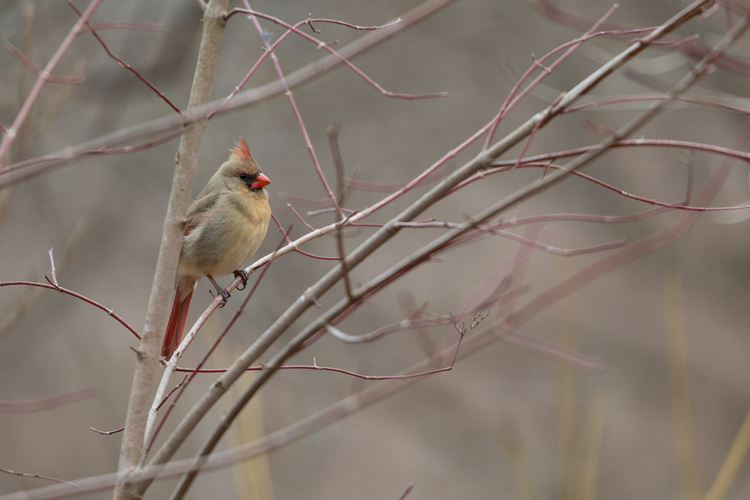
Both male and female Northern Cardinals sing a loud, whistling song. Northern Cardinals used to be a species more commonly found south of New England and rarely seen in Massachusetts, but they began to expand their range northward in the 1950s. Now they are a very common species in New England.
Eastern Phoebe
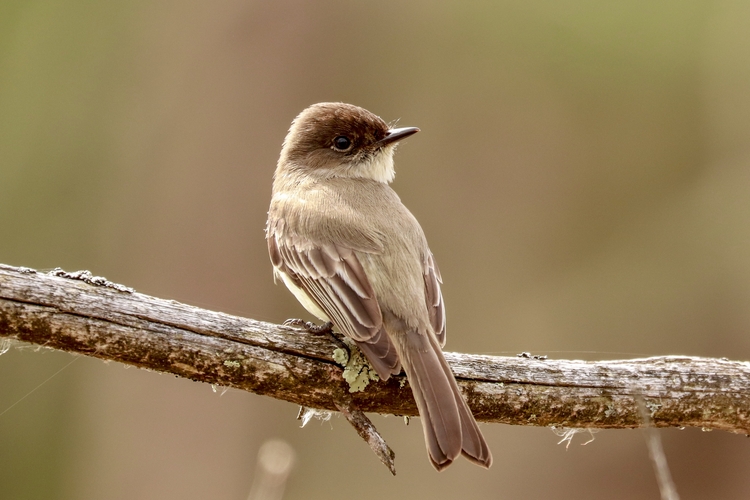
Eastern Phoebes are cute flycatchers that often nest in manmade structures, like under the eave of a house. Their song gave them their name because it sounds like “fee-bee”.
Black-capped Chickadee

The Black-capped Chickadee is the official state bird of Massachusetts. While its chickadee-dee-dee call is perhaps the most identifiable, the chickadee’s song is a clear two- or three- note whistle similar to the Eastern Phoebe’s song. Play them both back-to-back to hear their differences.
Northern Flicker
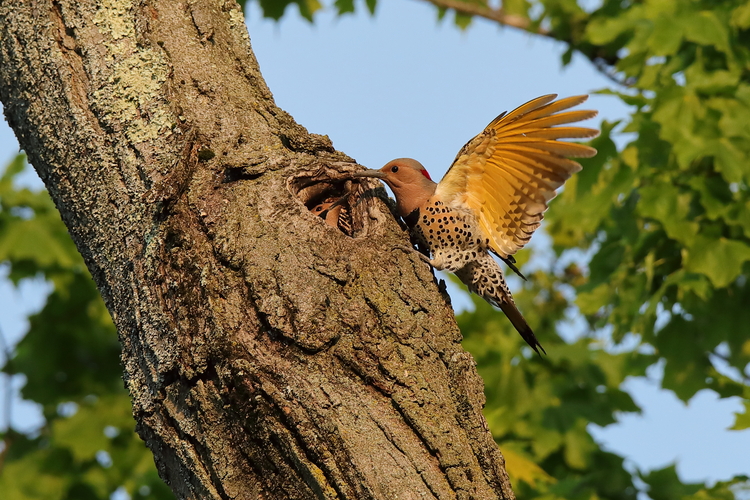
The Northern Flicker is a flashy member of the woodpecker family with a spotted breast and bright yellow feather shafts that you may glimpse when they fly. Their song sounds a lot like they are laughing and can be confused with the song of the Pileated Woodpecker, though the Northern Flicker’s song is more even-toned.
Mourning Dove

The soft coo-ing song of the Mourning Dove is often mistakenly thought to be the sound of an owl. Another sound you may hear them make is the loud whistling their wings make when they take off and land.
Wings:
Common Grackle

Common Grackles are blackbirds that have a striking iridescence to their feathers in the sunlight. Their song sounds like a rusty gate opening.
House Wren
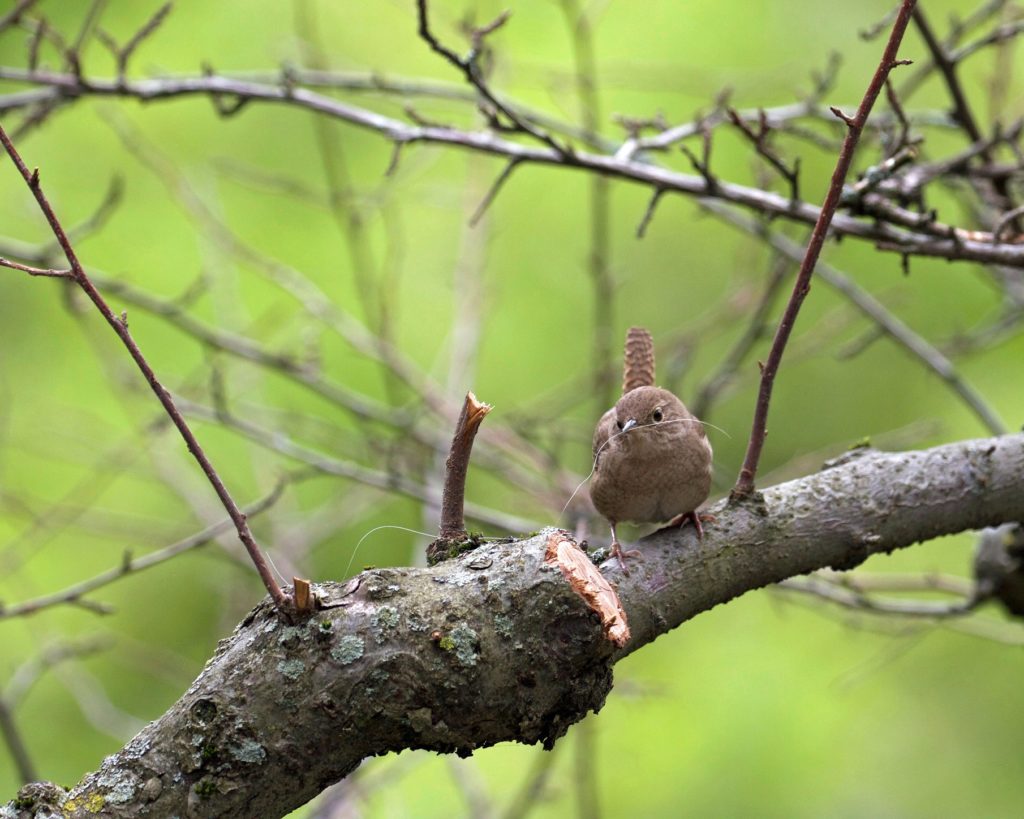
For such a tiny bird, the House Wren certainly has a lot to say—and loudly! Their bubbly song is fast-paced and often made up of over 12 syllables per bout of singing. They also have large repertoires of songs and will sing around 600 times an hour during the spring.
Baltimore Oriole
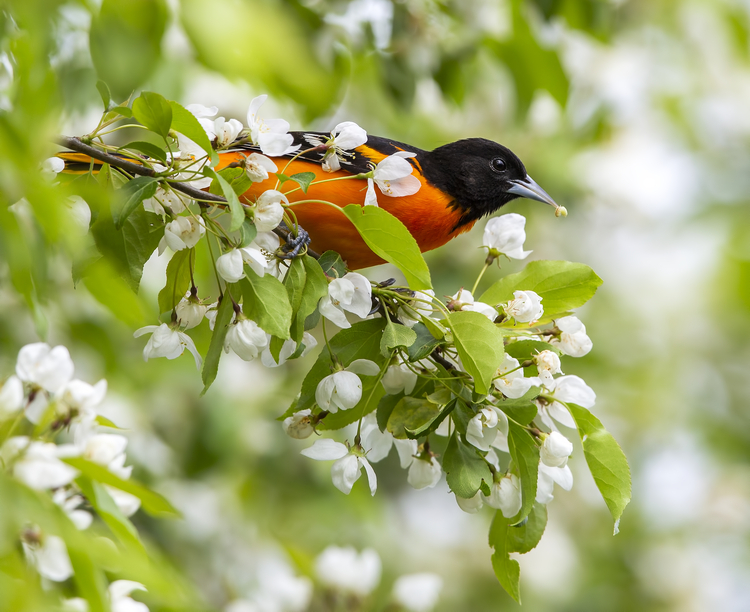
The striking Baltimore Oriole is often considered a sign of spring in Massachusetts with its flute-like song. Baltimore Orioles build intricate hanging nests that cradle their young.
Grey Catbird
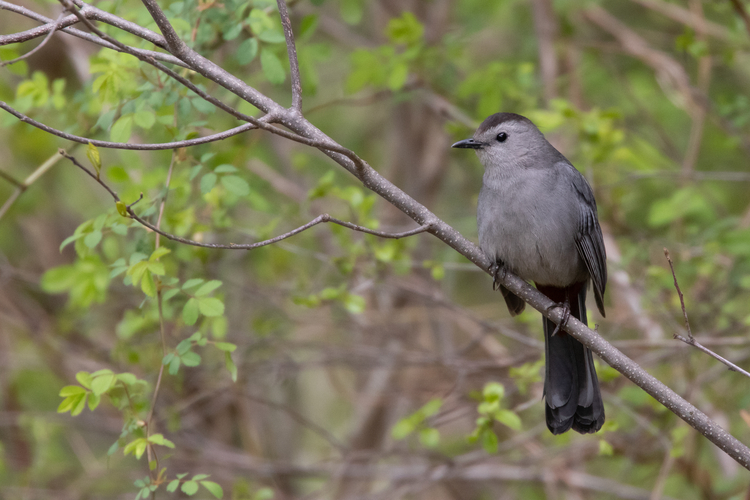
The Gray Catbird is another bird whose song inspired its name. Though they make a lot of different sounds, including gurgles, squeaks, and whistles, their cat-like mew is very distinctive.
Mew:
Chipping Sparrow
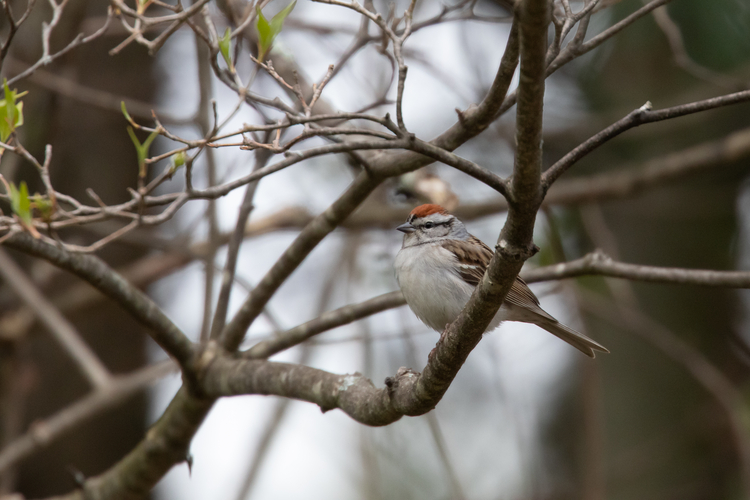
Unsurprisingly, given its name, the Chipping Sparrow’s song is a series of metallic sounding chips. If you look closely at this small sparrow, you’ll spot its rusty hat.
— Margo Servison


